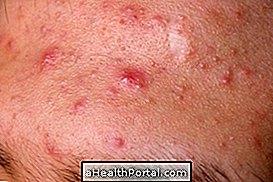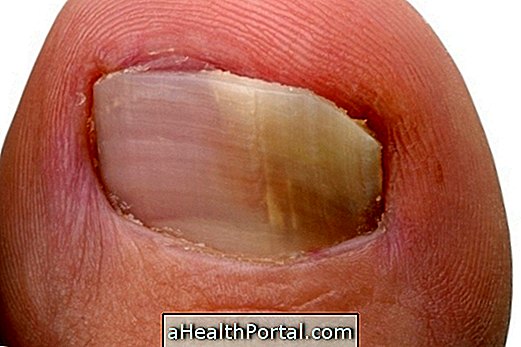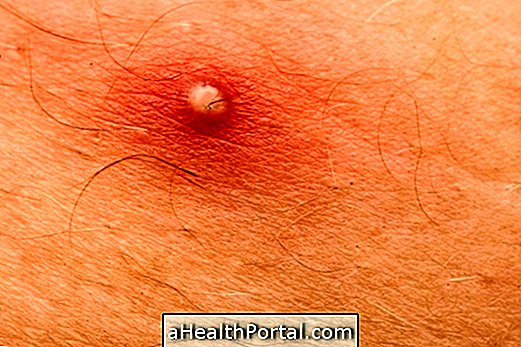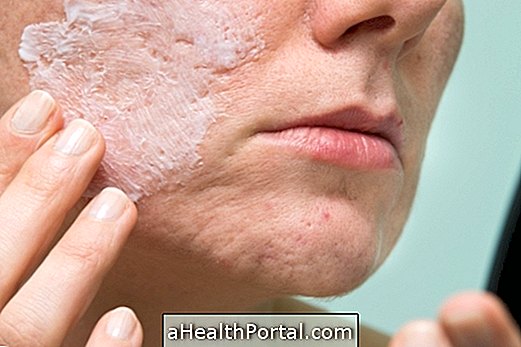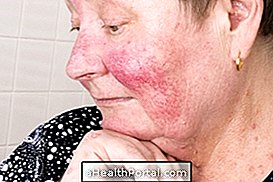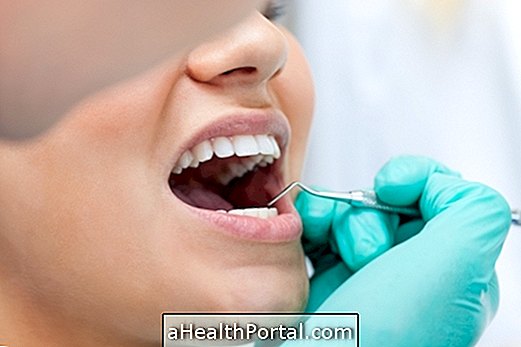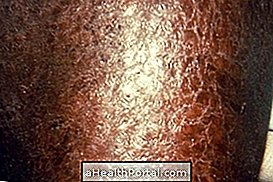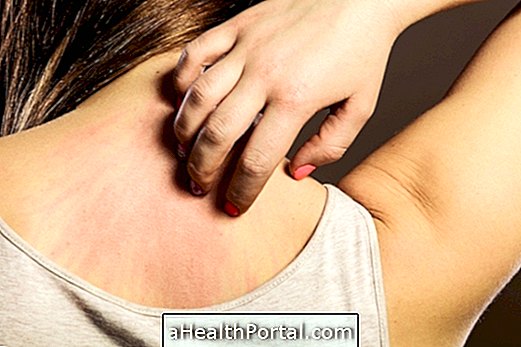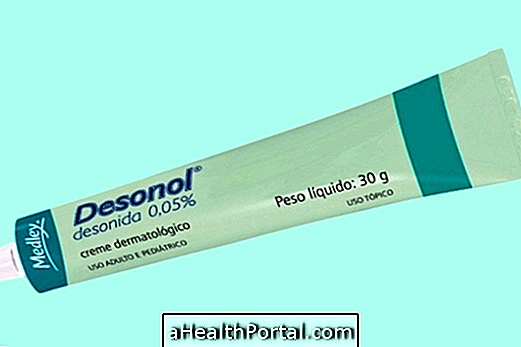To treat melasma, which is composed of dark patches on the skin, bleaching creams such as hydroquinone or tretinoin may be used, or cosmetic treatments such as laser, chemical peeling or microneeducation should be done and directed by the dermatologist.
Melasma is more common in areas exposed to the sun, such as the face, so it is very important to use sunscreen so that the bleaching is satisfactory and so that no new lesions appear. In addition, melasma can have several causes, such as hormonal changes in pregnancy, use of contraceptives, use of some medicines or aging, for example. Understand better what are the main causes of melasma.
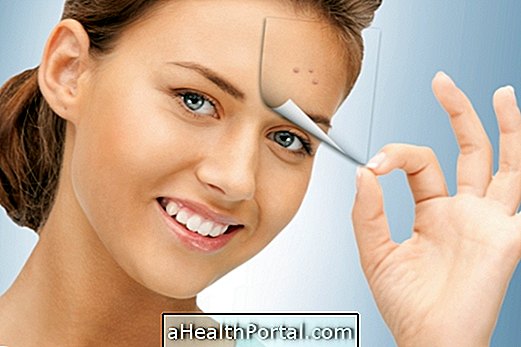
Melasma has a cure, and the best treatment varies depending on the type, site of the affected body and the depth of the spot, which may be superficial, or epidermal, deep, or dermal, and mixed, so it is important to talk to the dermatologist to decide on the ideal treatment:
1. Bleaching creams
The creams that lighten blemishes are very effective because they make a long-term treatment, but with lasting results, and can be used anywhere in the body:
- Hydroquinone, contains an active bleaching agent, and should be used for 1 to 2 times a day, but for a limited time, due to irritating effects on the skin, such as peeling and itching;
- Retinoids, such as Tretinoin, Adapalene and Tazarotene used in the form of a cream or gel, are useful in reducing skin browning;
- Topical corticosteroid, in ointments, can be used for a short period of time, to decrease inflammation of the skin that can cause blemishes;
- Azelaic acid, also has an effect on the amount of melanin and darkening of the skin;
- Other acids such as kojic, glycolic and salicylic acid are present in cosmetic treatments, and are most effective when in combination with other acids to aid in whitening and skin renewal.
The treatment time varies depending on the product used and the depth of skin affected, and the results can begin to be seen after 2 to 4 weeks of treatment, which can last up to about 6 months.

2. Aesthetic treatments
These types of treatment should be done by qualified professionals, and are guided by the dermatologist, as they promote the removal of the superficial layer of the skin, and give results faster:
- Chemical peeling is made with acids, with stronger concentrations than those used in creams, to remove a layer of skin. It may be mild to superficial or more intense melasma for deep melasma.
- Microdermabrasion, known as crystal peeling, is a professional exfoliation technique that removes the superficial layers of the skin for a renewed look;
- Micro-needling is a technique that perforates the skin with microneedles to stimulate the production of collagen and blood circulation in the skin, which can be useful to reduce some blemishes on the skin, in addition to reducing wrinkles and flaccidity of the face.
- Intense pulsed light is not an initial option, but is used in some cases that do not improve with other treatments, and may even worsen skin blemishes if used in the wrong way.
Generally, several sessions are required to achieve the desired result, which varies according to the intensity and depth of the melasma.

3. Laser treatment
Laser is a great choice for treating stains, as it releases a heat wave on the skin, which destroys the melanin pigment, and is indicated in cases of deep melasma or that has not improved with the treatment with creams or cosmetics.
Weekly sessions are held, and the amount also varies according to the severity and depth of the spot. In addition, this treatment should only be done by a trained dermatologist, due to the risk of skin burns.
4. Nutricosmetics
The use of some supplements may be helpful during the treatment of melasma, as it addresses some deficiencies of vitamins and minerals important to the health of the skin, which may be lacking in food.
Some options are tranexamic acid, which inhibits substances that cause skin darkening, in addition to antioxidants, such as vitamin C, lutein, collagen, carotenoids, flavonoids, selenium and minerals, which help in recovery of the skin, besides preventing wrinkles and sagging .
5. Sunscreen
It is the most important treatment for melasma, as no other treatment will be effective without protecting the skin from the sun's rays. Sunscreen should be used with a minimum factor of 15 FPS every day, even if the day is cloudy or the person is kept indoors.
It is also important to avoid sun exposure during stain treatment, and if you are in a sunny environment, it is important to replace the sunscreen layer every 2 hours.
How To Treat Melasma In Pregnancy

To treat melasma during pregnancy, also known as chloasma, one should use sunscreen and natural daily moisturizers. Preferably, the products should be hypoallergenic and oil free, so that they do not cause oiliness on the skin and thus prevent the appearance of pimples, also common in pregnancy.
The use of whitening creams or cosmetic treatments with chemicals, acids or lasers are contraindicated in pregnancy. In much needed cases, azelaic Acid and salicylic Acid at low doses do not pose a risk during this time, but preferably any treatment should be postponed until the end of pregnancy and breastfeeding.
In addition, due to the hormonal changes of pregnancy, the treatment of blemishes on the skin becomes difficult, and also, it is very probable that the blemishes on the skin are naturally improved after the end of gestation.
You can also check out some more tips to remove several types of dark patches on the skin:

